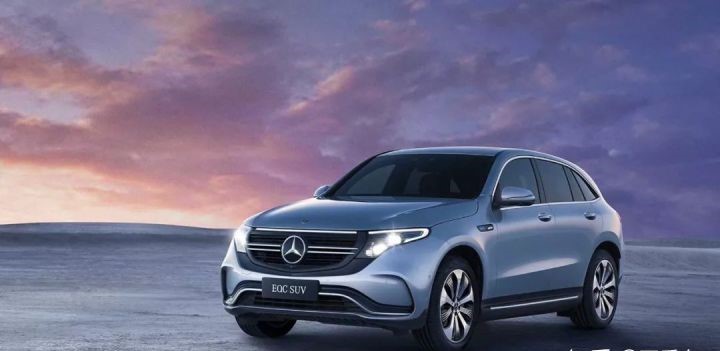Yesterday, in Stockholm, the capital of Sweden, Mercedes-Benz unveiled the first mass-produced car under the electric travel brand EQ, the EQC. Dieter Zetsche, Chairman of the Board of Management of Daimler AG and Head of Mercedes-Benz Cars, made the following statement at the press conference:
There is no alternative to betting on electric cars, and we’re going all in, It is starting right now.
Besides the bet on electric cars, we have no other option. We are going all out. The war has already begun.
Regarding the EQC, Zetsche’s evaluation is “The ‘dawn of a new era’ for the company.”
These remarks from Mr. Zetsche are extremely important, which means that EQC is a product that Daimler, the most outstanding luxury car brand in the history of the automotive industry, has invested a great deal of effort in creating in the smart electric era. It is not like the BMW i3, which is an exploratory product of technology.
The Product Strength of EQC
Let’s start with the exterior design. The top picture is the EQ concept version released at the 2016 Paris Motor Show, and the bottom picture is the mass-produced EQC.
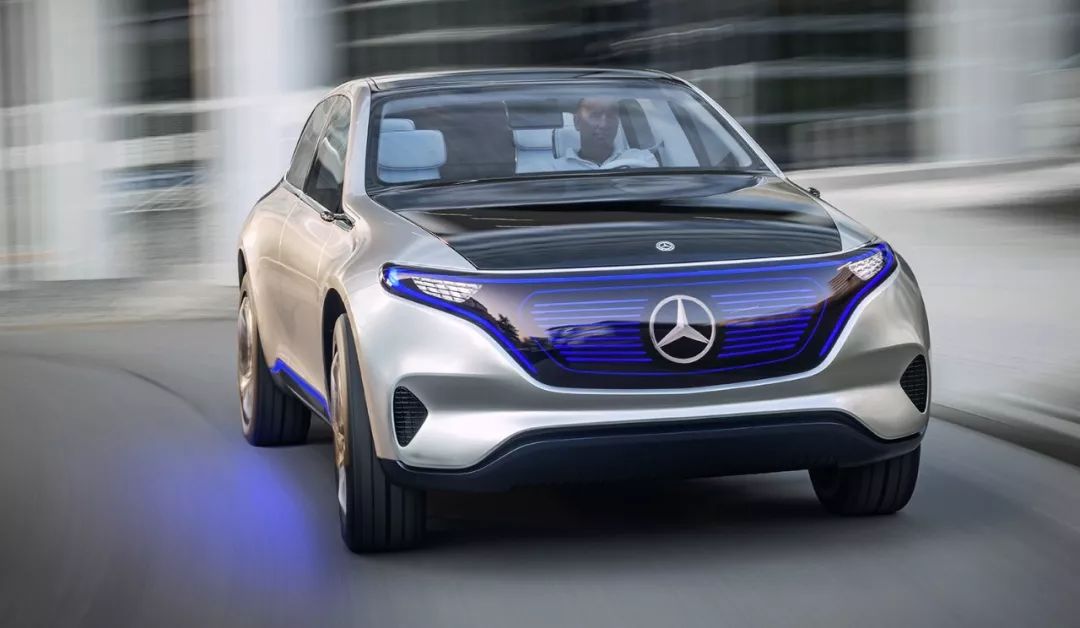
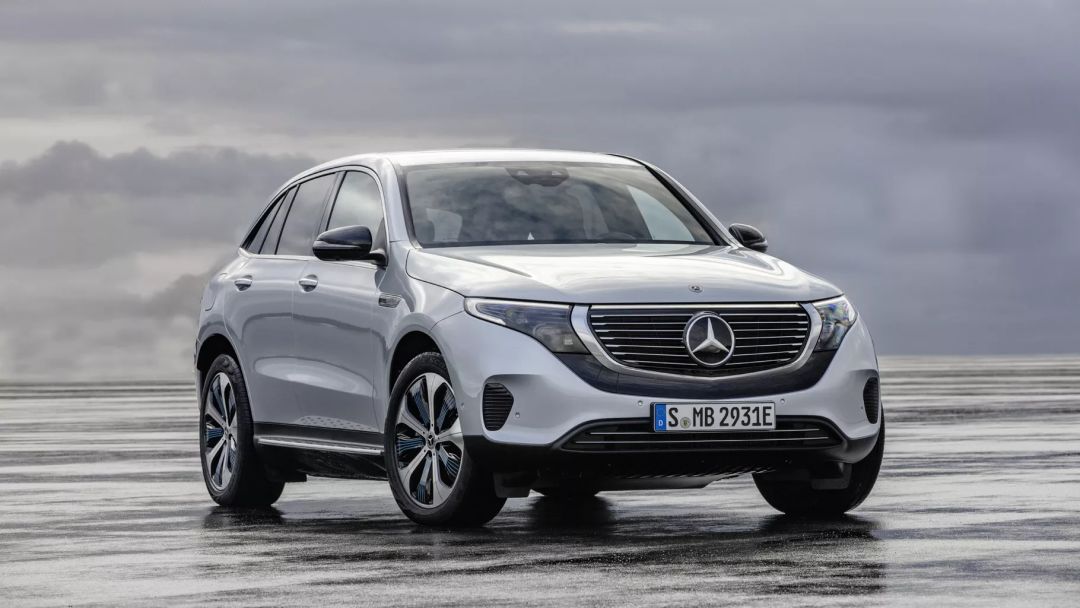
There are a few small adjustments in the design:
-
The camera rearview mirror is changed to a traditional rearview mirror, which can be understood considering legal restrictions;
-
The hidden door handle is changed to a traditional door handle. The former mainly reduces air resistance, and there is not much difference in user experience, which is also acceptable;
-
The grille on the front of the car is changed from an enclosed blue virtual grille to a large area of traditional silver chrome trim, which gets a small negative evaluation.
Considering that aesthetics is a rather subjective matter, there will be no further discussion about the design. However, there is an interesting phenomenon: among the pure electric vehicles today, the design has diverged into two completely different styles.
This is the conservative style:
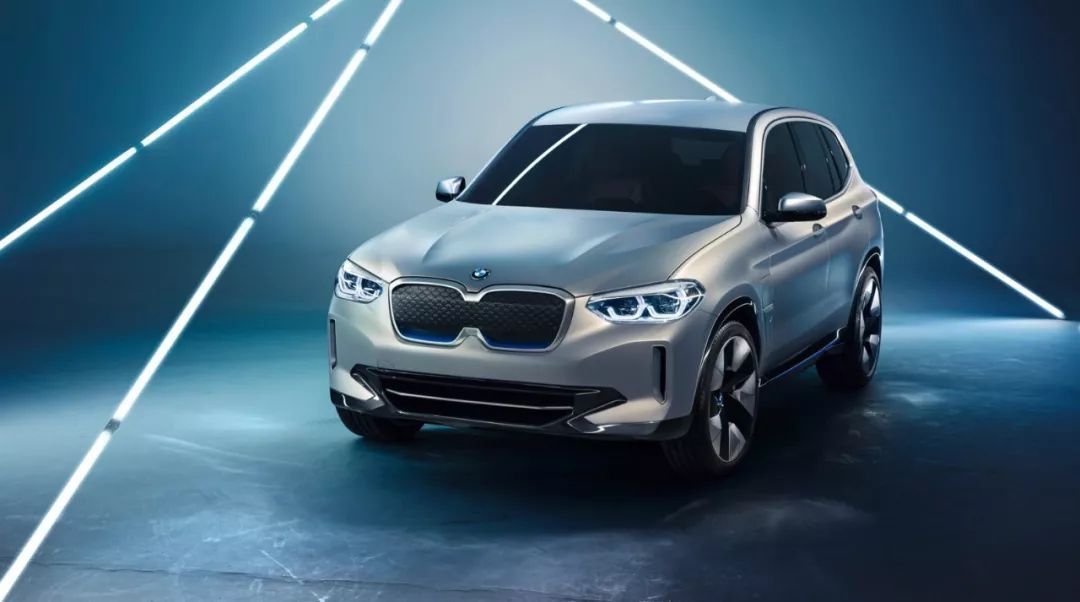 The translated Markdown text in English, with preserved HTML tags:
The translated Markdown text in English, with preserved HTML tags:
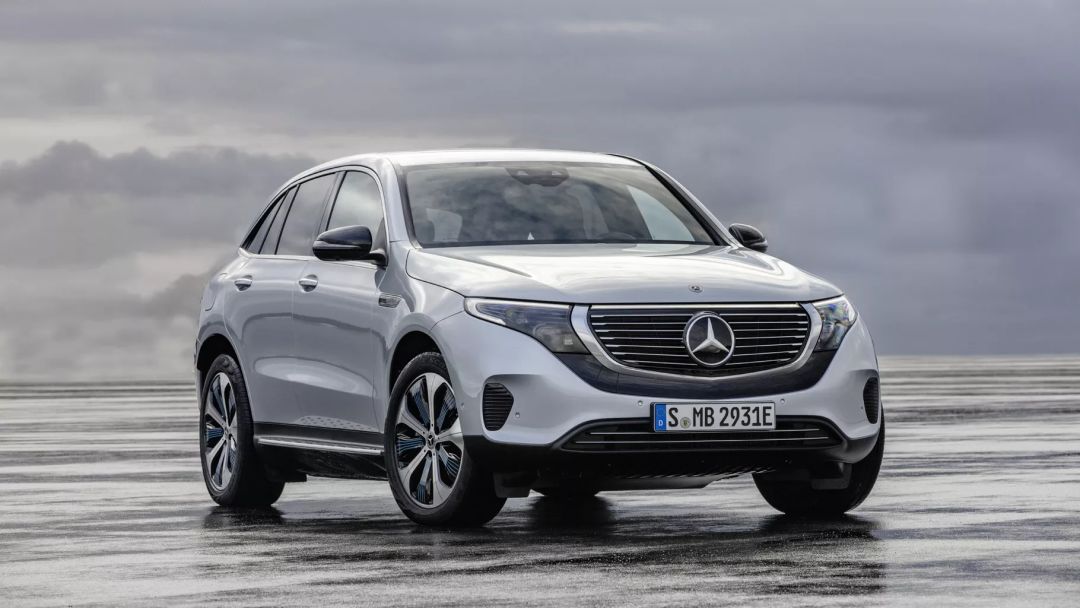
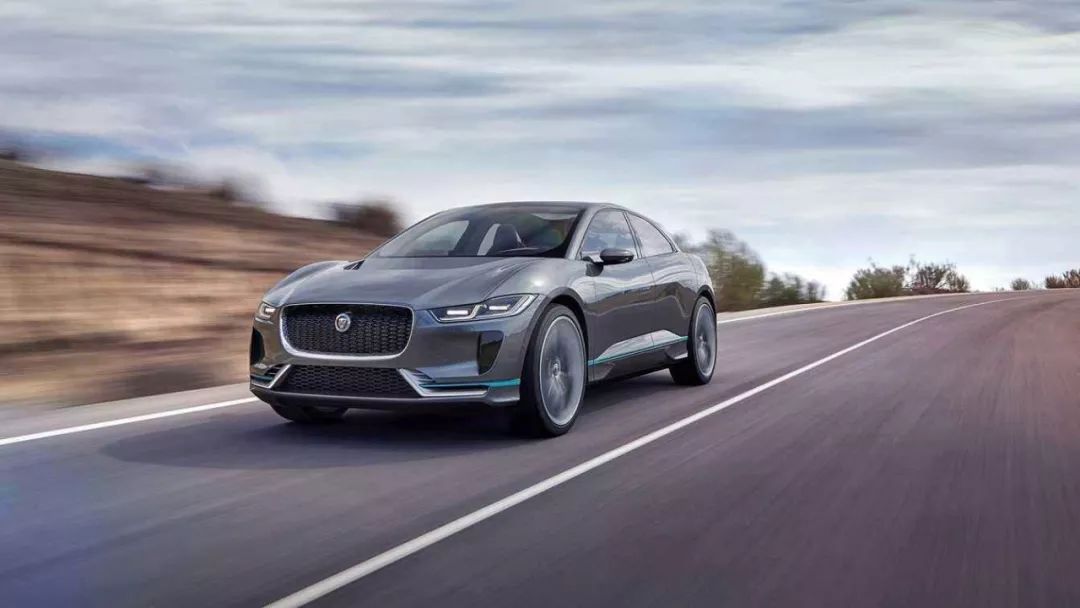
This is the avant-garde style:
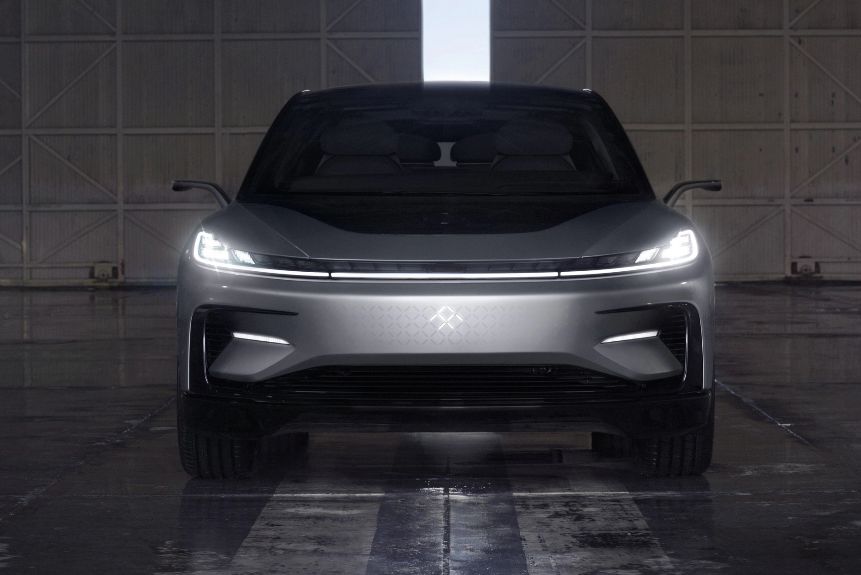
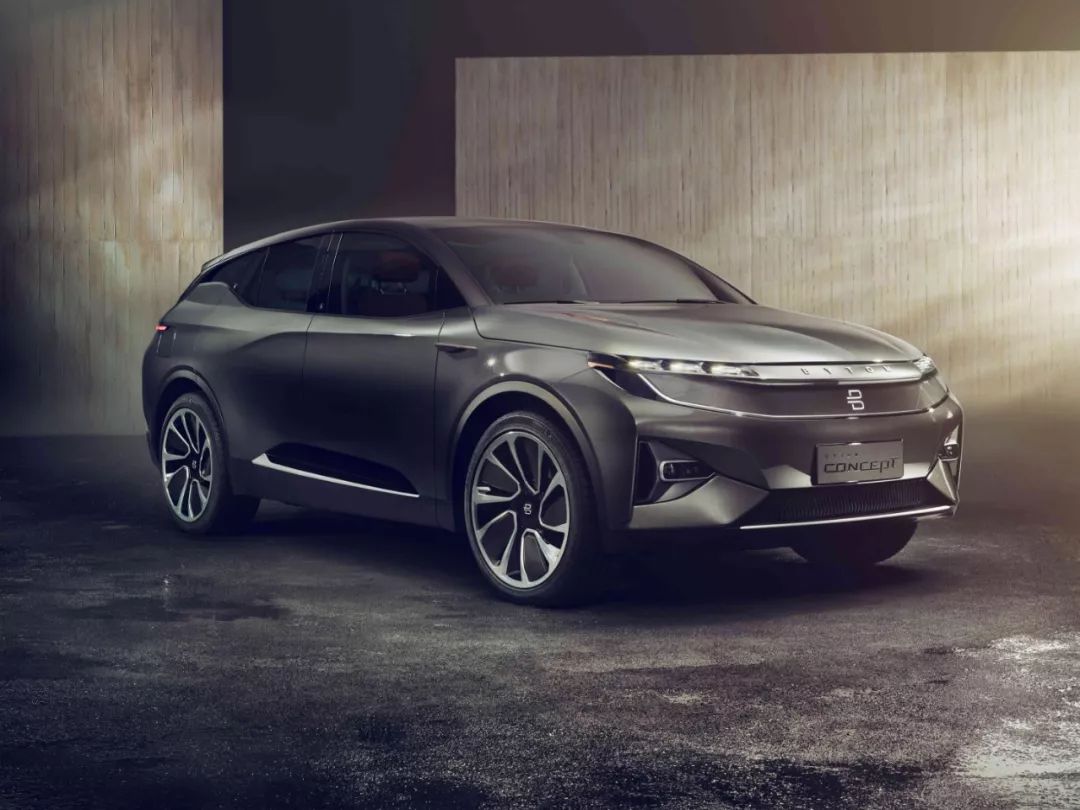
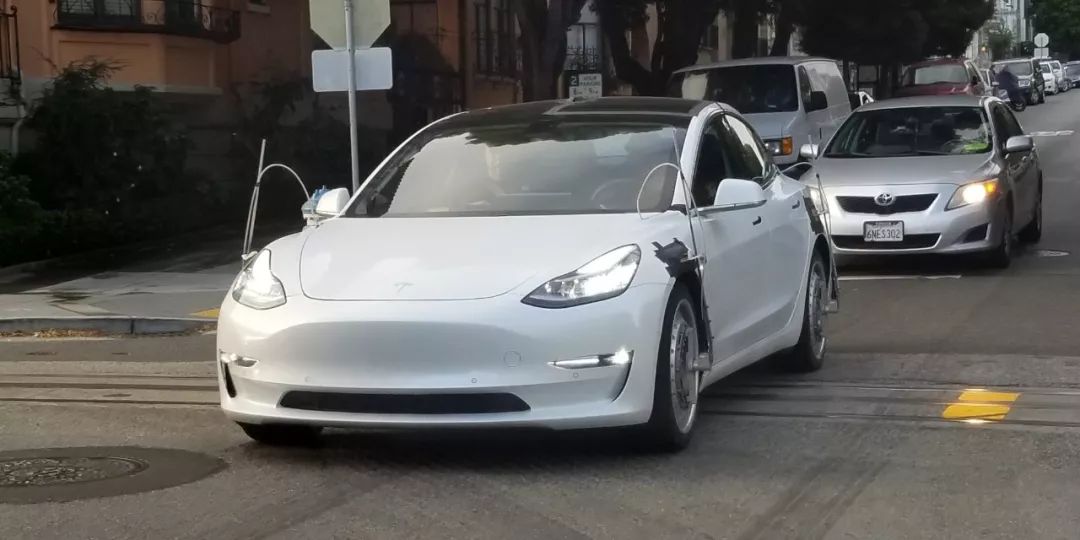
Now looking at the interior, Mercedes-Benz has brought the new MUBX infotainment system that was first launched on the A-Class to the EQC, alongside their other elegantly refined finishes and ambient lighting features…
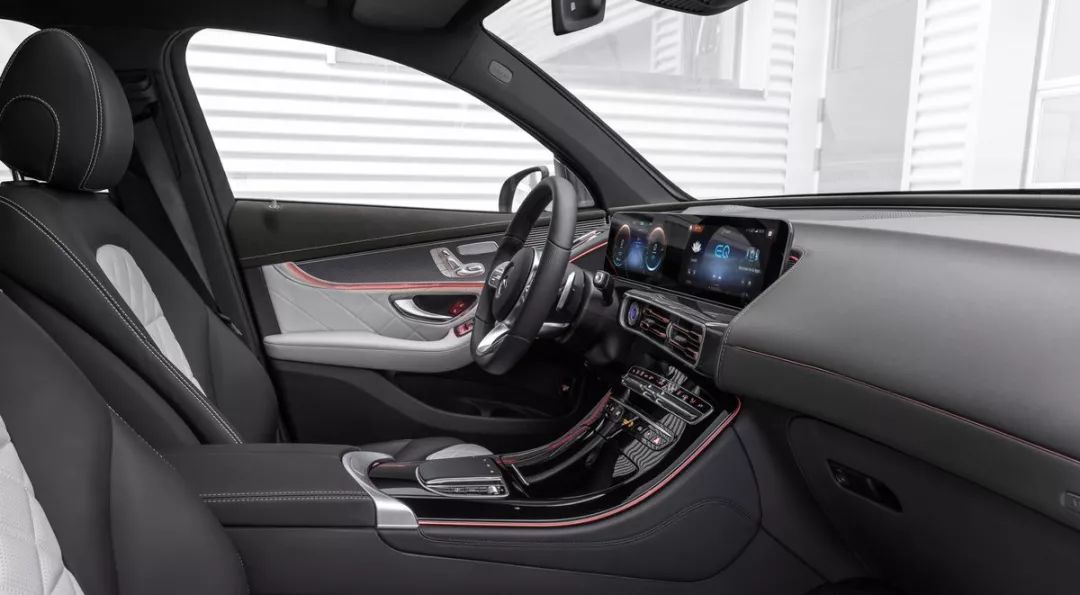
What’s wrong with the design of the EQC?
Mercedes-Benz has done every detail very well, every corner is clearly planned out, but you just feel like something is missing. What’s missing? When the EQC is parked, it’s hard to notice that it’s an all-electric car.
The design elements throughout the entire body showcasing that it’s an all-electric car are only a small EQC logo on the fender.
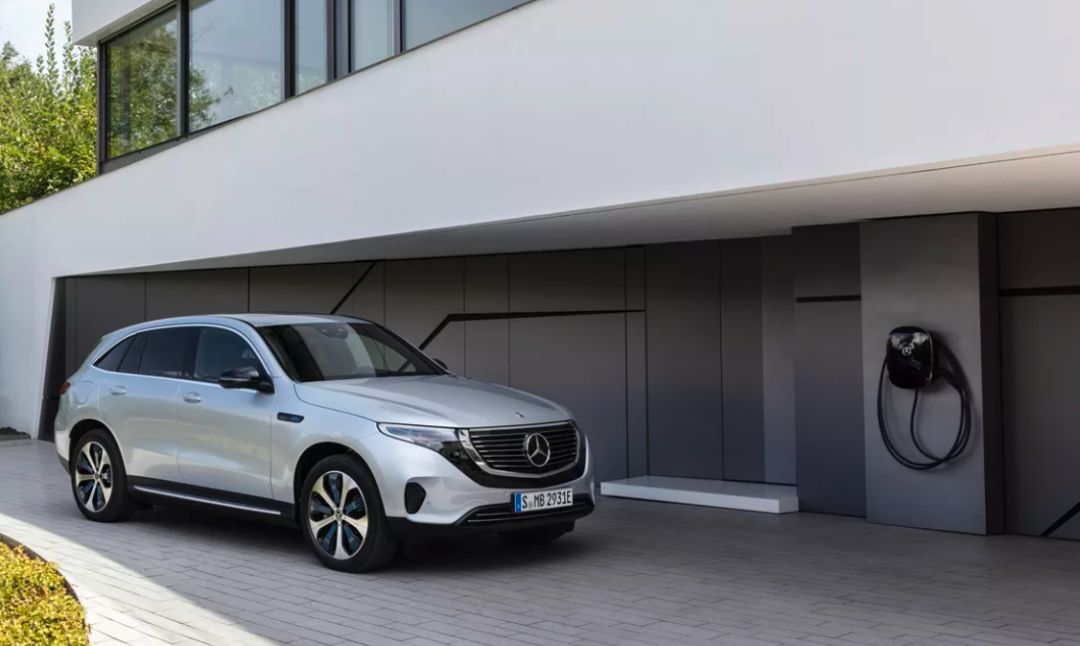
As an all-electric car, the EQC’s design is too conservative.
Here are some of the EQC’s performance parameters:
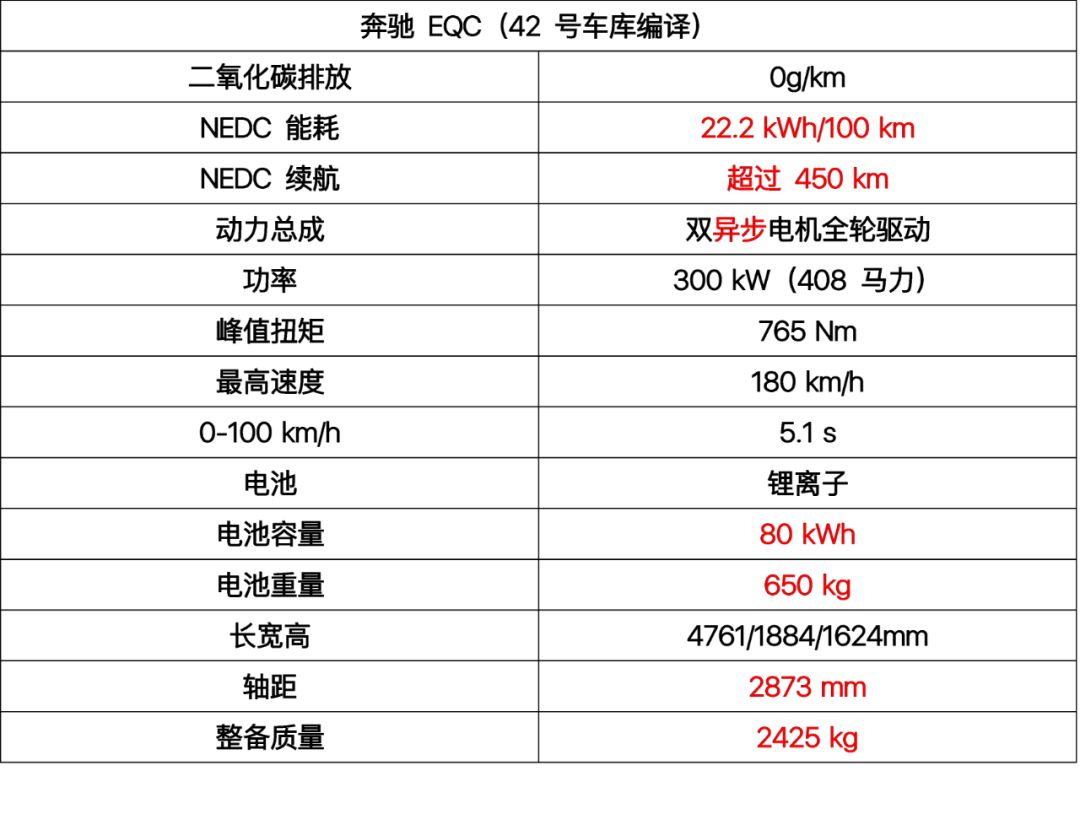 The red fonts in this chart are somewhat problematic one by one. First of all, the energy consumption of EQC under NEDC conditions in Europe is 22.2 kWh/100 km. Judging solely from this energy consumption, EQC’s performance is very good. But the contradictory point is that EQC’s NEDC range is 450 km, and these two sets of data do not match. If calculated according to a ten percent discount, its actual range is only slightly over 400 km.
The red fonts in this chart are somewhat problematic one by one. First of all, the energy consumption of EQC under NEDC conditions in Europe is 22.2 kWh/100 km. Judging solely from this energy consumption, EQC’s performance is very good. But the contradictory point is that EQC’s NEDC range is 450 km, and these two sets of data do not match. If calculated according to a ten percent discount, its actual range is only slightly over 400 km.
Continuing to look down, EQC’s battery specifications have reached 80 kWh. As a mid-size SUV, its performance is not bad, but combining it with a battery weight of 650 kg, it can be inferred that its energy density per battery pack is only 123 Wh/kg. What does this mean? The latest battery energy density of BYD has reached 160 Wh/kg, and Tesla is even higher. Mercedes-Benz EQC is very mediocre in this aspect.
Perhaps due to the influence of heavy batteries, the curb weight of EQC has reached 2425 kg. Continuing to compare, the fully-equipped seven-seat SUV Tesla Model X 100D with 20 kWh more battery, a heavier powertrain arrangement, and a size larger than EQC in every dimension, has only a curb weight of 2459 kg. The weight of a 5-seater SUV and a 7-seater SUV is basically the same, and it can only be said that Mercedes-Benz did not put enough effort into the lightweighting of EQC.
Next is the asynchronous motor. Asynchronous induction motors and permanent magnet synchronous motors each have advantages and disadvantages, and different car manufacturers will choose different technical routes for motors according to product needs. For example, Jaguar I-Pace uses a permanent magnet motor, NIO ES8 uses an induction motor, and Tesla uses both.
One advantage of the induction motor compared to the permanent magnet motor is that it has no demagnetization risk when operating in the high-load range. However, EQC’s highest speed is locked at 180 km/h, and its 5.1 second 0-100 km/h acceleration ranks last among the luxury brand models already released, such as Tesla, Jaguar, and NIO.
Finally, why is the 2837 mm wheelbase also circled in red? Because this specification is completely identical to another fuel SUV, the Mercedes-Benz GLC. The EVA platform (Electric Vehicle Architecture) developed by Mercedes-Benz for the EQ series can only carry a maximum battery pack weight of 337 kg, while EQC’s battery pack has reached 650 kg. In fact, although EQC is named under the EQ series, it is actually developed based on the internal combustion engine platform of GLC.
As for the three-electric powertrain, only an inadequate evaluation can be given.
Next, let’s talk about intelligence.## The Importance of Intelligence and OTA Upgrades in the Automotive Industry
As a translator in the automotive industry, I have been tirelessly preaching the importance of intelligent vehicles and OTA to our readers. However, some of them have questioned the significance of intelligence and whole-car OTA upgrades. They wonder just how many consumers consider it a critical factor when purchasing a car.
Let’s change the subject for a moment. Do you remember the early Tesla Model S/X? Even ignoring the interior design and seat comfort, reliability and workmanship of Tesla’s early models were far from the level of the most entry-level Mercedes-Benz. “Consumer Reports” once rated Tesla as the most unreliable car company in the United States, with Model X ranking last in terms of reliability.
However, it was the owners of these cars who gave Tesla a high score of 90 in the annual Consumer Reports’ owner satisfaction survey, surpassing all centennial luxury car brands.
The NIO ES8 still doesn’t have a whole-car OTA, but almost all car owners are very concerned about its progress because this function gives the car growth and evolution capability.
This is the power of intelligence.
So, what did Mercedes-Benz officially say about intelligence in EQC? The 10.25-inch MBUX human-machine interaction system, range mileage, charging status, energy flow tips, remote air conditioning control through an app, and long-distance charging route planning…
A comprehensive intelligent driving assistance system that does not support OTA upgrades.
Are all of these really intelligent? At the very least, I hope that EQC can support account system + cloud service + car navigation OTA upgrades. Otherwise, in the field of intelligence, it will be inferior to the SAIC Roewe Internet version i6, which costs less than 120,000 yuan ($18,520).
Why are people disappointed with EQC?
As I said at the beginning, Mercedes-Benz, as the greatest and most outstanding luxury car brand in the history of the automotive industry, has received widespread acclaim since the era of fuel-powered vehicles. Although the Chinese market habitually uses BBA as a collective name for the three major luxury brands, looking globally, the true luxury brands are Mercedes-Benz and BMW, and if we must find a Top 1, it is Mercedes-Benz.
That is a brand with an important position in the industry. After four years of research and development, it launched the transformational EQC. It’s not an exaggeration to describe EQC as a milestone product, but its product strength has not given us any sense of change or innovation.
Some commentators have said that if EQC’s price is low enough, then it will still have considerable competitiveness because it can provide better workmanship, a solid chassis, and driving quality that crushes Tesla. But that’s not what we want from Mercedes-Benz. We cannot accept that Apple lowers its product force and competes with millet’s price war, that DJI lowers its product force and competes with EHang’s price war, and that Nike lowers its product force and competes with Anta’s price war. EQC should have a high price and the best product force & user experience, posing enormous pressure on Tesla. That’s what Mercedes-Benz should have.We can accept the burden of Mercedes-Benz in the era of fossil-fueled cars, and develop pure electric vehicle models based on the fossil-fuel vehicle platform. However, EQC should not fall behind in design, three-electrics, and intelligent dimensions.
Finally, Li Bin and Li Xiang should feel more at ease when seeing EQC. Not only because NIO and Chehejia’s products can provide better craftsmanship and relatively leading intelligent capabilities than Tesla, but also because Mercedes-Benz, as a traditional giant with the most abundant global funds, strongest talent reserves, and the greatest transformation efforts, when we really need to speak with products, we can see that its transformation is not successful.
If you don’t believe it, just wait and see the direct confrontation between the domestically produced NIO ES6 and the domestically produced Mercedes-Benz EQC at the end of 2019.
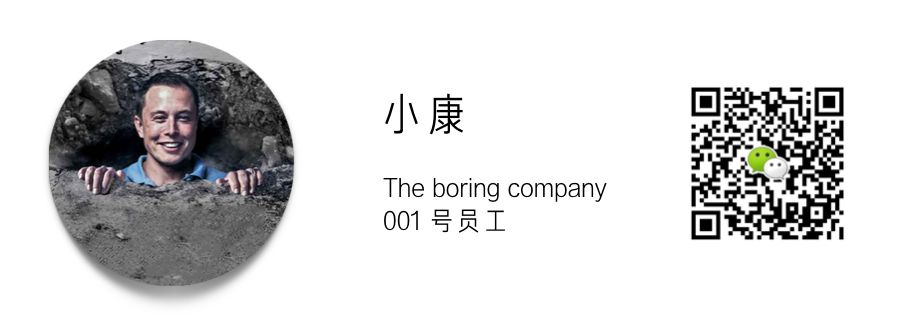


This article is a translation by ChatGPT of a Chinese report from 42HOW. If you have any questions about it, please email bd@42how.com.
